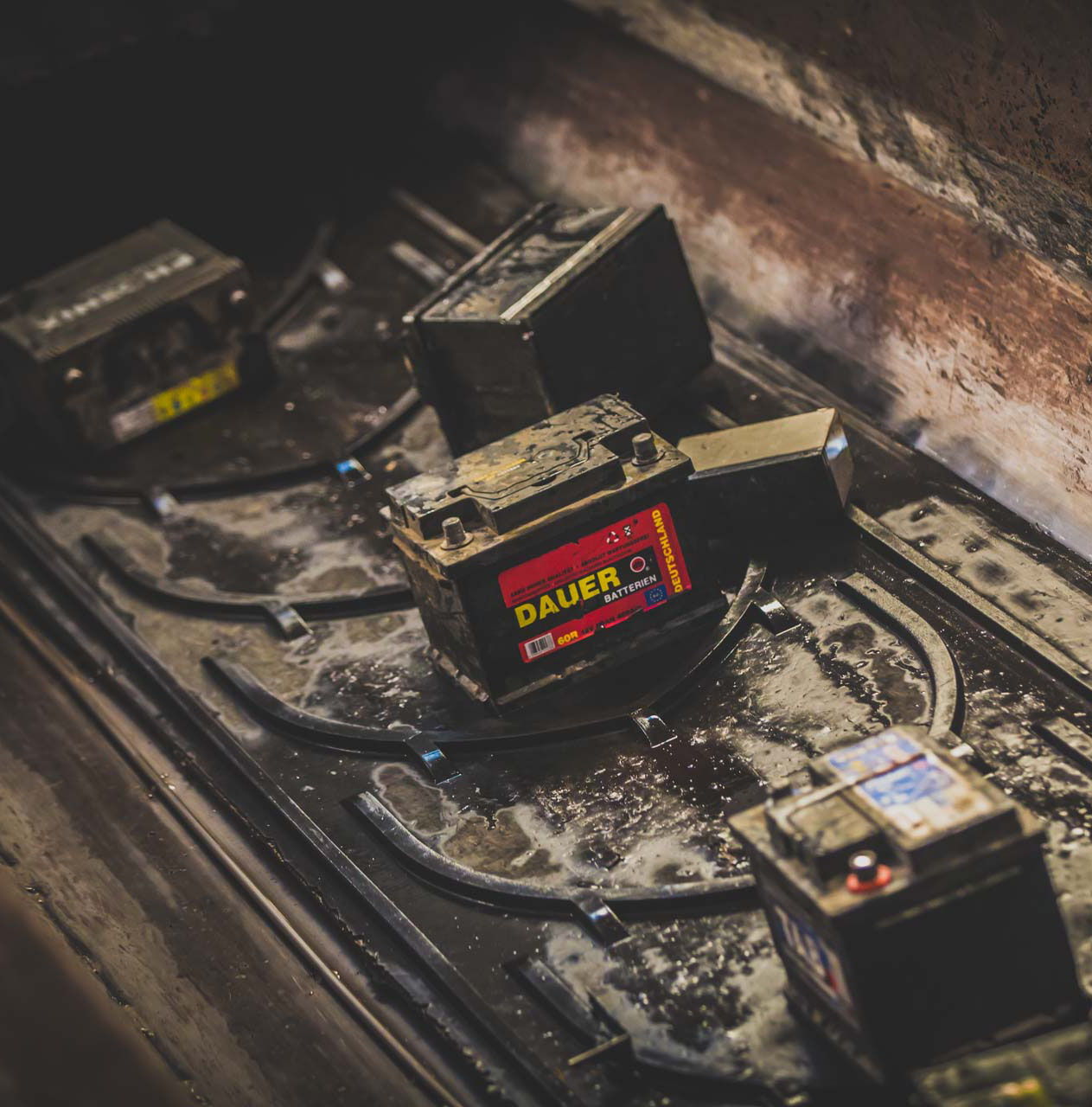
Lead-acid batteries are arrays of rechargeable components that store electricity in the form of chemical energy.
Its performance is the conversion of the percentage of chemical energy into electrical and it greatly depends on the type of its manufacturing. For instance, a conventional lead battery with electrolyte sulfuric acid has an efficiency of 75%, while a gel type can reach efficiency up to 95%. A car battery consists of six 2-Volt lead-acid cells, connected in series so that its terminals have a potential difference of 12 Volt. It ranges from 14,5 V immediately after a full charge and down to 10,8 V if it is fully discharged. When the battery is fully charged, the active material of the positively charged plate is lead dioxide (PbO2) and of the negatively charged plate is sponge lead (Pb). The plates are immersed in electrolyte solution consisting of sulfuric acid and distilled water.